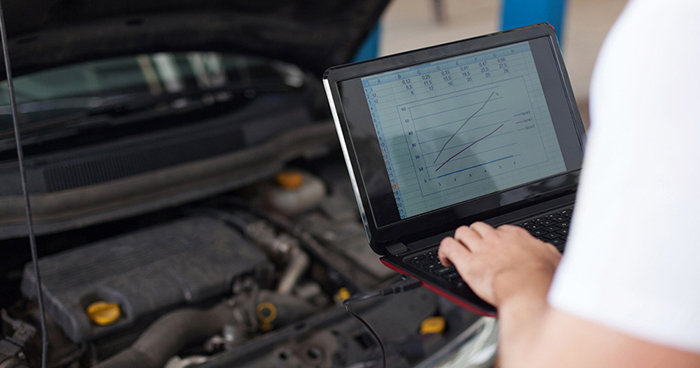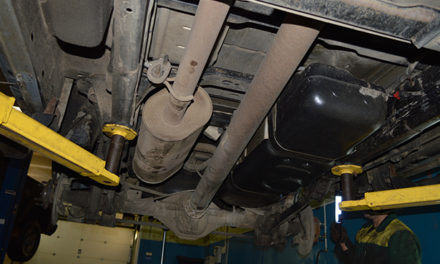The role of an automotive technician is becoming more computerized by the day. From fuel pump pressure to engine performance, nearly everything in a vehicle now runs through a centralized computer system. Computer interfaces are also increasingly being used to control vehicles and to run regular system maintenance checks. Vehicles today can self-stabilize, self-park, and even self-drive.
Why Invest In Technology And Training?
An automotive repair technician can log directly into a vehicle’s master computer to check on a variety of issues such as fuel pressure. Portable computers that connect to this master computer can be used for the quick and efficient scan and diagnosis of problems. Though considered by many as expensive, these computers ultimately save both time and money when compared to traditional diagnostic techniques. However, automotive shops need to be willing to invest not only in these systems but also in the training required to use them properly.
Technicians are now required to be well versed in computing technology, something that wasn’t necessarily a requirement in the past. A benefit of this knowledge is better wage earning potential due to the increasing specialization of their skill set. According to the Bureau of Labor Statistics, auto repair technicians make $36,610 a year on average through on-the-job training with no higher degree necessary. Thus, an auto repair technician may be able to learn advanced computing techniques on the job or through helpful educational websites.
Automotive technicians will be required to stay at the forefront of this technology if they are to remain competitive and able to repair newer models of vehicles. Shops will need to be willing to invest in the technology necessary to interface with in-car computers as well as diagnose and reprogram them as necessary. This continual learning process may at first seem daunting, but it will allow the automotive industry to command larger repair rates, thus providing better salaries to talented and knowledgeable technicians.
Will The Computerization Of Automobiles Continue?
Undoubtedly, computerization will not only continue but will become even more integrated into the way a vehicle runs. New features such as driverless vehicles, lane departure warnings, and speed-adjusted steering are all geared toward controlling the vehicle more with computerized calculations than through the driver input. Furthermore, vehicles are becoming smarter and more able to diagnose their own issues. Because of this, consumers are finding that their vehicles are more expensive to repair.
The increasing computerization of the automotive industry doesn’t have to be negative. In fact, it’s actually making many of the standard tasks a technician must conduct easier. However, it does mean that technicians will need to stay on top of current technology and that computer tools will be at the forefront of the industry for a long time to come.






![[Vehicle Fitment-1]: Compatible with Chevrolet C1500 1996-1999 5.0L/5.7L, C1500 Suburban 1996-1999 5.7L, C2500 1996-1998 5.0L, C2500 1996-2000 5.7L, C2500 Suburban 1996-1999 5.7L, C3500 1996-2000 5.7L, Express 1500 1996-2002 5.0L/5.7L, Express 2500 1...](https://m.media-amazon.com/images/I/51QtKnaDb1L._SL100_.jpg)
![[12580426 Fuel injectors] - Fuel Injectors provide an alternative plug and play solution to fuel delivery for diesel applications. All units are flow tested and balanced and include O-rings and gaskets. All new units,Provides precise control of fuel ...](https://m.media-amazon.com/images/I/51ioqg2ukwL._SL100_.jpg)
![[Vehicle Fitment-1]: Compatible with Ford Bronco 1990-1996 V8 5.0L, Bronco 1991-1996 V8 5.8L, Crown Victoria 1992-1997 V8 4.6L, E-150 2003-2004 V8 5.4L, E-150 Club Wagon 2003-2004 V8 5.4L, E-150 Econoline 1997-1998 V8 4.6L, E-150 Econoline 1990-1996 ...](https://m.media-amazon.com/images/I/51C9ppT0z0L._SL100_.jpg)


![[Durable construction] Made with high-quality materials and precision manufacturing processes, this fuel pump is designed to withstand the rigors of everyday use and provide long-lasting performance. [Compatible With] 2010-2016 Buick Lacrosse 2.4L;20...](https://m.media-amazon.com/images/I/41xsCfv2WDL._SL100_.jpg)